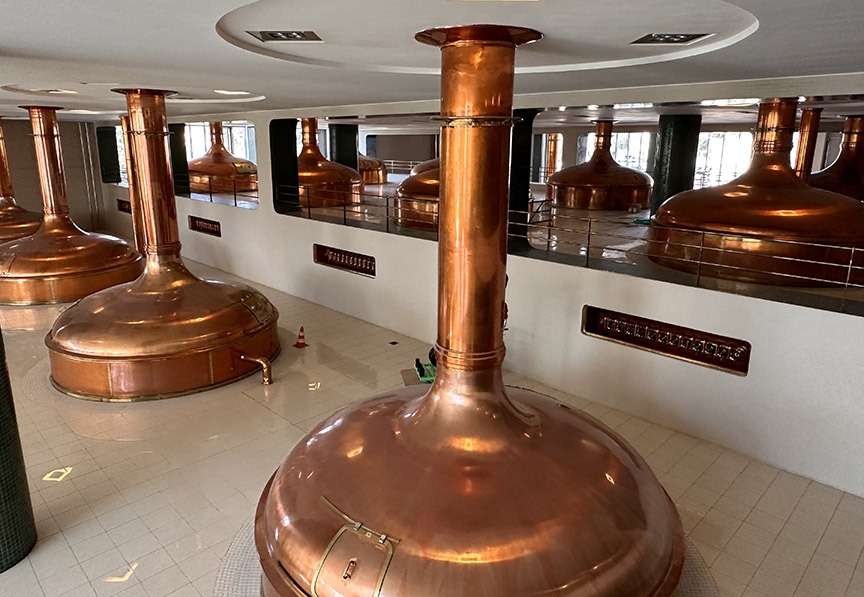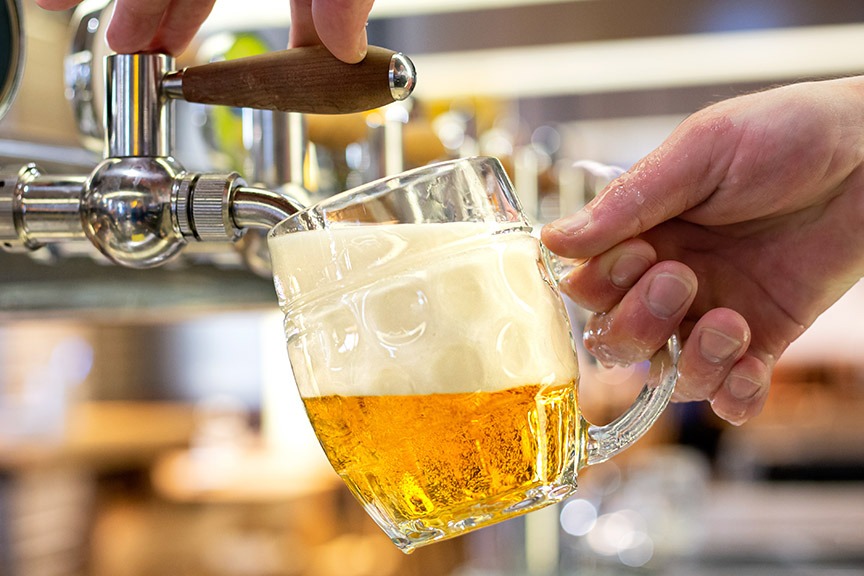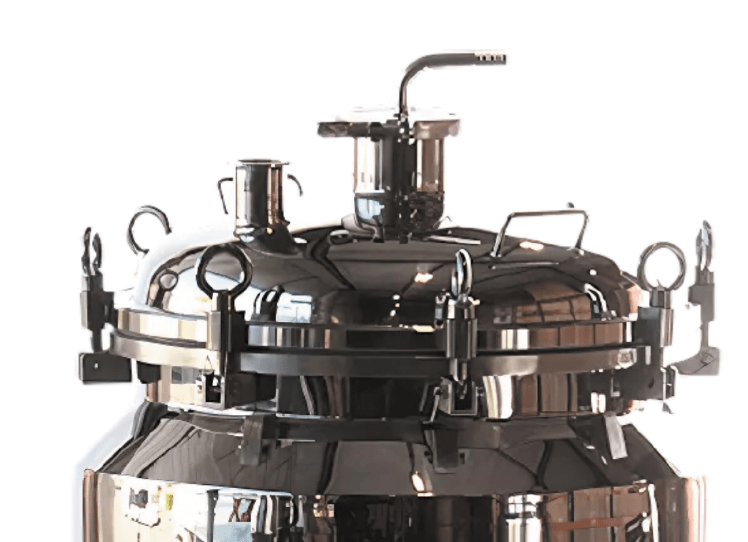Industrial Lagers Remain King in the Czech Republic
The Czech Republic is globally known for their great-quality and affordable lagers. Despite the old saying that beer in Czech is “cheaper than water,” this has not been true for several years now. However, many of the country’s industrial breweries have been less impacted by price increases than other manufacturers of consumer goods, offering a decent quality beer for everyone at an affordable price — just like the Communist government wanted it during the 41 years of dictatorship (from 1949–1989).
As an economist, I always find this fascinating as this model did not last in any other post-Communist country or merchandise category. Beer remains the “liquid bread,” and for a lot of people is not even thought of as an alcoholic beverage. Many, including myself, still remember the early 2000s when, as children, we used to run to the store to buy beer for our fathers. That’s how deep it is rooted to Czech culture and society.

Now, just one generation later, keeping in mind the general inflation caused by COVID, decrease in consumption due to Gen Z spending priorities and health concerns, and particularly high inflation in the gastronomy business (38% officially, therefore the move from on-trade consumption to retail), the big corporate breweries adapted, but where are the craft breweries? How do the 500 smaller Czech craft small beer producers survive with only a 4% market share in the country?
Usually, craft beer is stronger in countries where the big industrial lagers don’t offer a whole lot of flavor. A small segment of beer enthusiasts, tired of the boring industrial lager possibly brewed by the same corporation in every country, supports and is willing to pay more for more interesting flavors. But Czechs are different. A very unique case of high-quality industrial lager combines with the small segment looking for even higher quality and variety of styles. And to be honest, since the country’s market has been dominated by Pilsner Urquell (part of Asahi Group) for so many decades, it has had a very strong impact on the Czech perception of quality beer. Czechs are proud of it and see it as something the other breweries globally should copy (which is what actually happened after they brewed the first Pilsner in 1842). This position remains unshaken and despite being challenged by other famous Czech brands (e.g., Budvar, Staropramen, Bernard . . .), Pilsner Urquell has remained the gold standard for the Czech people, including craft beer lovers, which can be easily witnessed during the last weeks before Christmas when every supermarket chain tries to sell Pilsner Urquell multipacks in promotion expecting high sales of their other merchandise (a very smart marketing move), and in summer when we pack full trays of beer cans into our cars on the way to Croatian beaches.
So circling back to the question put forward at the beginning: Craft breweries can be successful. And they are. But they are trapped between two trends: 1. The average Czech likes beer, but probably just a lager with approximately 40 IBUs, and expects a decent price, craft or not. And an even lower price if the beer is not Pilsner Urquell. 2. A small community of craft beer fans are looking for something new, but this group is not big enough to create a demand for the craft beer output to be very successful.
The result of these two trends means to be successful as a craft brewery you have to produce a good lager, upon which you will be judged by the people. And you must not just have it in the portfolio, it must be a vast majority of your production in order to pay the bills. And despite the expense to brew the beer being much higher than Pilsner Urquell’s, you must sell it for the same price, if not less. Only after that is the craft brewery able to focus on the minority of their output in IPAs, pale ales, stouts, sours, and other more flavorful styles for the craft crowd looking for something different.

And where are homebrewers in this?
Many homebrewers share the same dream: To one day have their own brewery where they will brew beer professionally on a bigger scale and share with the world their amazing recipes.
As an economist and a business consultant, I have worked with a lot of people with this dream. We often met in their small garage brewery, tasted several beers, and talked about their hopes, wishes, and plans. And in a vast majority of cases I heard the wish — “I want to brew a high-quality light, cheap lager that is the best in the country.” To that, I explain the efficiency triangle where each point of the triangle represents a different quality, but which each point can be only paired and never be all three of the points. At the end of the points are: Low price, quality, and speed. So, just like in any other industry, nothing can be made in a cheap and fast way with high quality, just like nothing can be made fast with high quality but cheap, etc.
This moment in the consultation is always the conjunction of the two groups, two trends so typical for the Czech customers. And the same applies to pubs and restaurants. Even craft beer bars must respect the role and reputation of the leader and price sensitivity of the customers. There are cases in which pubs sell beer just to cover the cost and only make money on food sales.
With an even more difficult path to profit for startup craft brewers, it means homebrewing is less a trajectory to going pro, but a hobby just done for fun. And that’s how it should be in this economic situation. Or, in my case included, it should be an eyeopening path to deeper knowledge of beer and brewing.





